Medieval walrus ivory may reveal trade between Norse and Indigenous Americans hundreds of years before Columbus, study finds
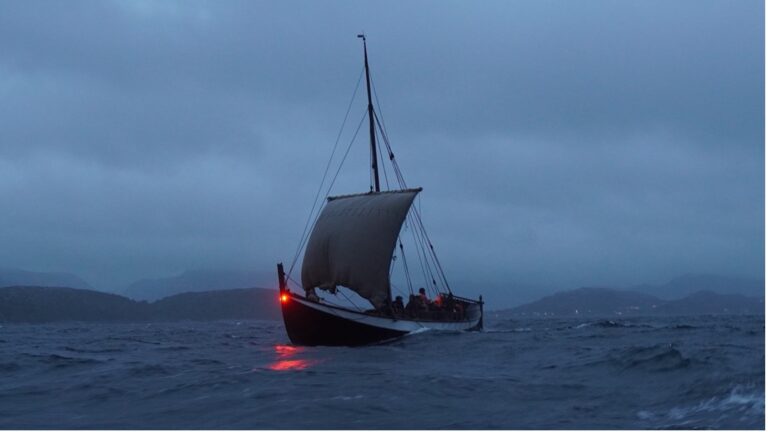
The Thule Inuit people and Norse both hunted walrus in the High Arctic in the 13th century, according to a new study.
Science and Technolgy blog

The Thule Inuit people and Norse both hunted walrus in the High Arctic in the 13th century, according to a new study.
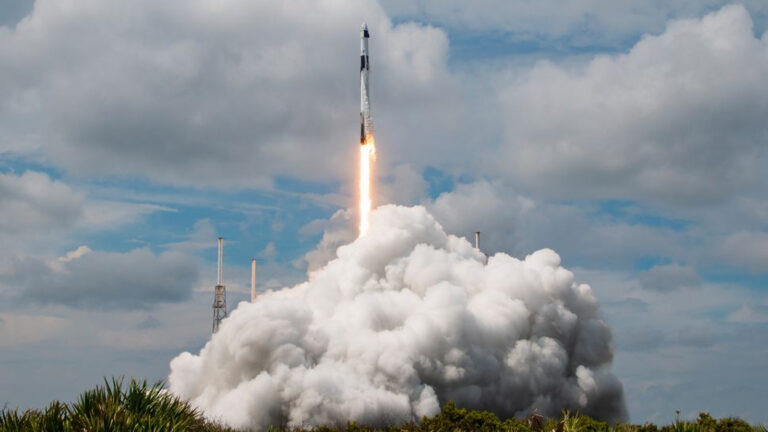
The U.S. Federal Aviation Administration is investigating the uncontrolled reentry of part of a Falcon 9 rocket that delivered passengers to the International Space Station in a capsule that will return stranded astronauts Butch Wilmore and Suni Williams to Earth…
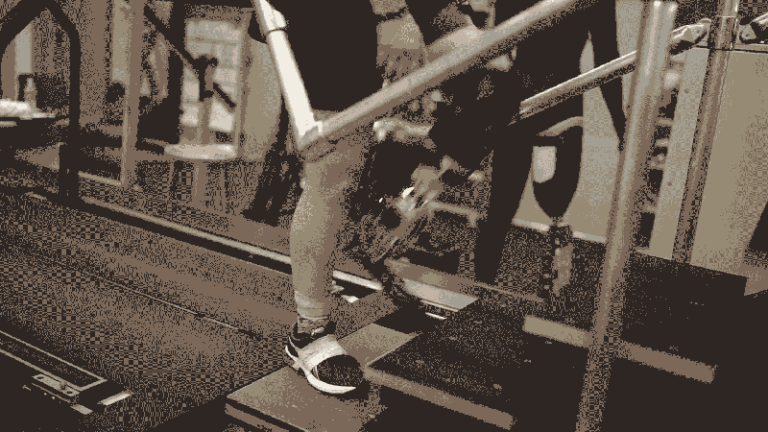
Bionics engineers typically view biology as something to be worked around. “Anatomics” engineers the body to be part of the system.

Save $60 and get the Celestron TrailSeeker 8×42 binoculars for $239.95 at Amazon — but you’ll have to be quick as we’ve seen the deal expire briefly this week already.
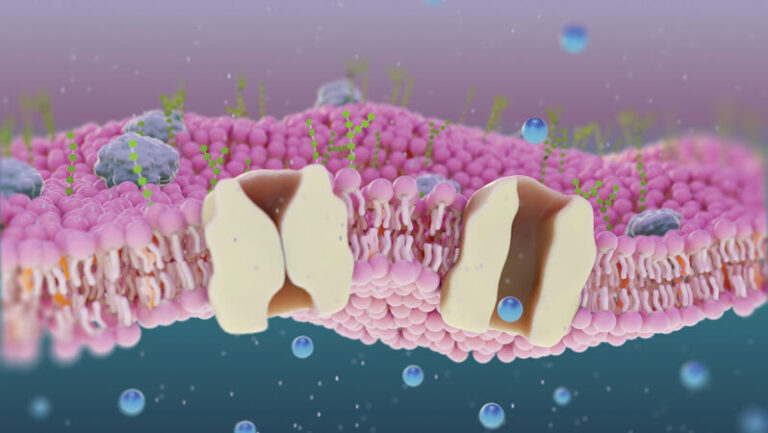
Every second, cells throughout your body send out small electrical signals. Tiny jolts control your heartbeat. In your brain, cells use electricity to release chemicals that make you feel happy or sad. In your muscles, they send signals that help…

Our daily lives seem to run on electricity. Electric lights illuminate our rooms. Electric power runs our computers, microwave ovens, cell phones and countless features on our cars. When we lose access to electricity, it can feel like we also…
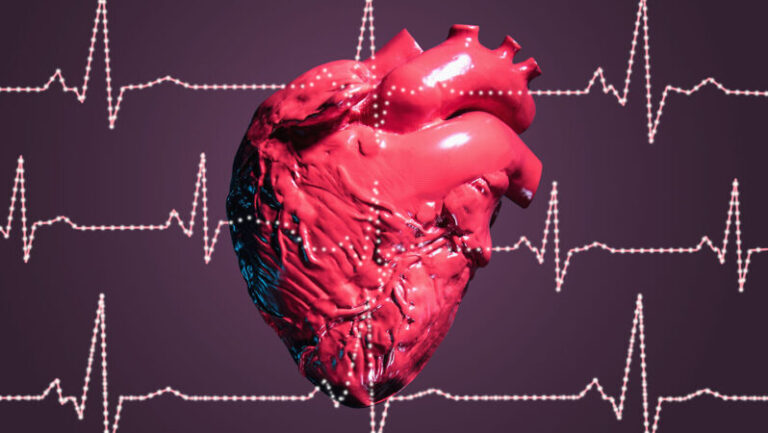
Your heart beats about 100,000 times per day. That’s around 3 billion times over an average lifetime. Each beat pumps blood to the lungs, where it picks up oxygen. From there, it flows on to all of the rest of…
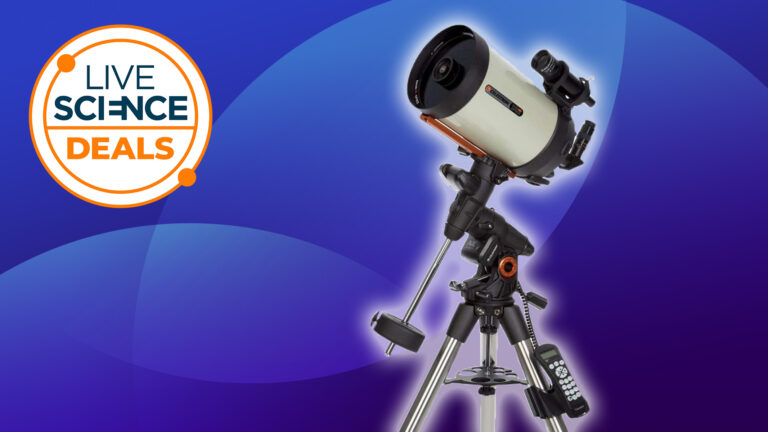
Save $400 on one of the best telescopes — Celestron Advanced VX 8-inch EdgeHD is now 14% off at Adorama in this price drop before Amazon Prime Day.

This 2015 photo from the International Space Station showcases the deep tidal channels that cut through a line of cays in the Bahamas. Astronauts say it is “one of the most recognizable points on the planet.”

A study of avalanche survival data shows that survival rates have increased and rescues are faster, but time is still critical for buried victims.